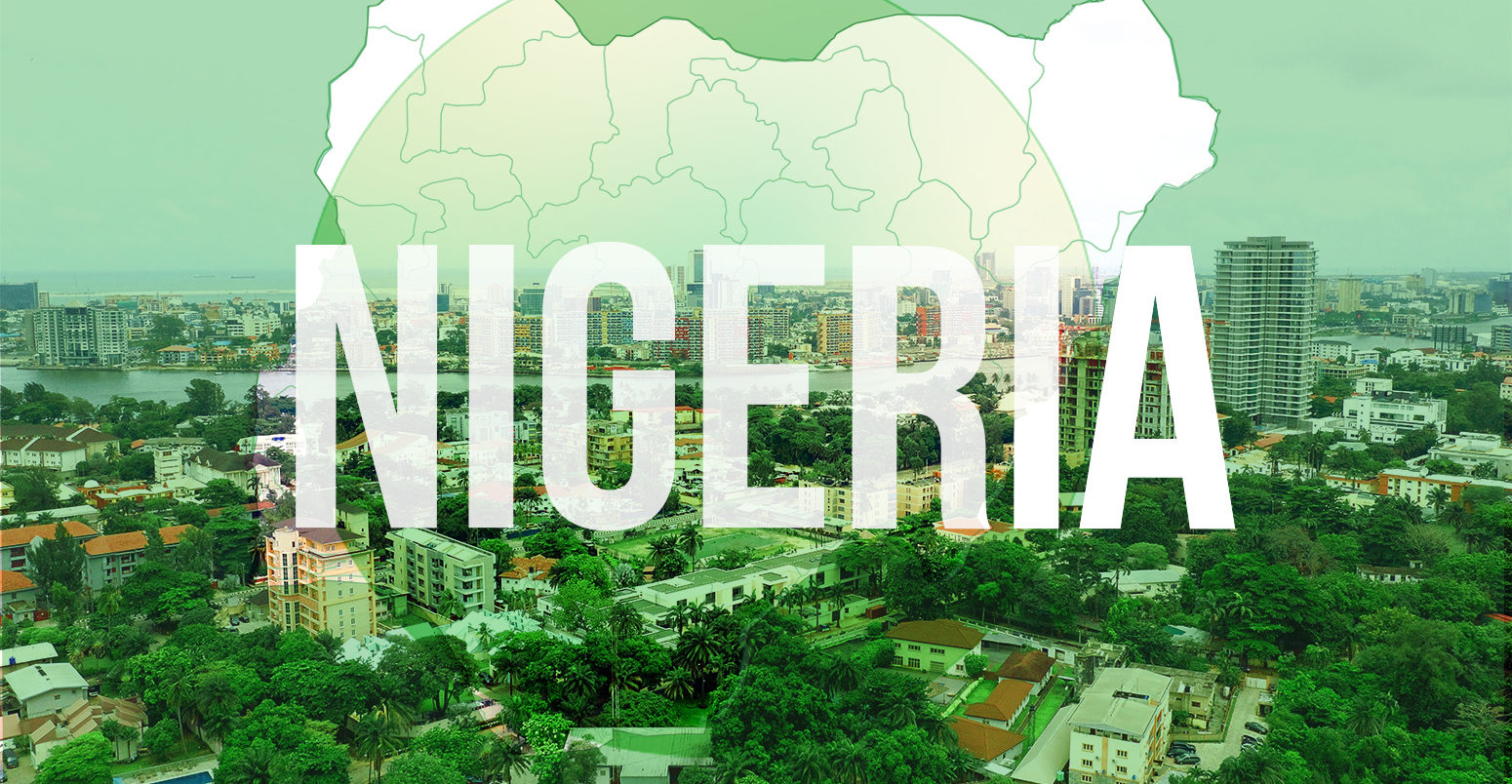MARKETS AND ECONOMY
World Bank Maintains Nigeria’s Growth Forecast at 3.6% Despite Global Economic Downgrades
Published
6 months agoon

The World Bank has maintained its projection that Nigeria’s economy will grow by 3.6 per cent in 2025, despite shifts in global trade dynamics and a broader downward revision of economic forecasts worldwide.
This reaffirmation was contained in the Bank’s June 2025 edition of its biannual Global Economic Prospects report, released on Tuesday. In the report, the Bank downgraded its growth projections for nearly 70 per cent of the world’s economies—including the United States, China, and much of Europe—compared to its estimates just six months ago.
Read Also:
The global lender reduced its forecast for worldwide economic growth in 2025 by 0.4 percentage points to 2.3 per cent, citing rising tariffs and increasing uncertainty as major constraints. It warned that global growth could deteriorate further if trade tensions escalate.
Earlier in the year, the World Bank had forecast a 3.6 per cent expansion for Nigeria in 2025, following an estimated growth of 3.4 per cent in 2024. This outlook was underpinned by expectations that ongoing macroeconomic reforms would help stabilise the domestic business environment.
In its latest update, the World Bank stated:
“Growth in Nigeria is forecast to strengthen to 3.6 per cent in 2025 and average 3.8 per cent in 2026–27. Following monetary policy tightening in 2024 to address rapid currency depreciation, inflation is projected to ease gradually.
“Domestic reforms have stimulated investment, particularly boosting growth in the services sector, including financial services and information and communication technology. Services will remain the key driver of economic expansion, while the industrial sector will continue to face headwinds due to weak crude oil output, as last year’s modest recovery fades.”
While global trade tensions remain a concern, the World Bank noted that their direct impact on Nigeria and the broader Sub-Saharan Africa (SSA) region would likely be limited, owing to relatively low exposure to manufacturing export markets in the United States and China.
“The direct effects of further escalation in global trade tensions on SSA growth are expected to be contained, largely due to the region’s limited reliance on non-commodity exports to the United States and China,” the report said.
However, it cautioned that if trade fragmentation worsens or leads to a more pronounced global slowdown, the consequences for SSA economies could be significant, especially given their dependence on commodity exports.
“A sharper-than-expected economic downturn in China could weaken demand for minerals and metals—main export commodities for several SSA nations—triggering lower prices, reduced fiscal revenues, and weaker economic activity.”
Conversely, the Bank noted that a de-escalation of global trade tensions could improve the outlook for SSA through enhanced global economic activity, lower export tariffs, increased commodity demand, reduced uncertainty, and stronger investor confidence.
The report also raised concerns about ongoing violence and its implications for economic performance in the region:
“Persistently high levels of violence in SSA continue to weigh on economic activity. While public debt-to-GDP ratios are expected to decline gradually, debt servicing costs remain elevated, limiting fiscal room for development-focused spending—especially against the backdrop of rising sovereign spreads.”
Additionally, it warned that a decline in official development assistance could exacerbate humanitarian and fiscal challenges, particularly as the number of people affected by adverse climate events—such as floods and droughts—has risen sharply in recent years.
Last Thursday, the United States Ambassador to Nigeria, Richard Mills Jr., announced a shift in US foreign policy towards private sector-led investment rather than aid in its engagement with Nigeria and Sub-Saharan Africa. This signals a potential reduction in donor funding for key services previously supported by US aid.
The World Bank also projected that per capita income in Nigeria and across SSA will grow by an average of just 1.6 per cent annually between 2025 and 2027. Growth in 2025 was revised downward by 0.4 percentage points.
“This rate of growth implies that the region will continue to fall behind other emerging and developing economies—excluding China and India—in terms of living standards,” the Bank said.
“Per capita income gains will remain insufficient to significantly reduce extreme poverty in SSA, which is home to the majority of the world’s poorest people.”
The Bank also warned that income growth will remain uneven across the region, with some countries—particularly those affected by conflict—expected to see declines. By 2027, over one-quarter of SSA economies may still have per capita incomes below pre-pandemic levels.
Looking ahead, the World Bank highlighted a major structural challenge: job creation.
“SSA is projected to experience the fastest growth in working-age population globally, set to nearly double between 2025 and 2050—the largest numerical increase any region has ever recorded over a 25-year span.
“While this demographic trend offers potential, without comprehensive policies to stimulate economic growth and resolve deep-rooted structural bottlenecks, most economies in SSA will struggle to generate the employment necessary to absorb their rapidly expanding workforce.”
Share this:
- Click to share on X (Opens in new window) X
- Click to share on Facebook (Opens in new window) Facebook
- Click to share on WhatsApp (Opens in new window) WhatsApp
- Click to share on Pocket (Opens in new window) Pocket
- Click to share on Telegram (Opens in new window) Telegram
- Click to email a link to a friend (Opens in new window) Email
- Click to share on LinkedIn (Opens in new window) LinkedIn
You may like


Stability Without Relief? 10 Things the World Bank Says About Nigeria’s Reforms


139m Nigerians Still in Poverty Despite Tinubu’s Reform Gains – World Bank


World Bank Approves $300m to Support IDPs in Nigeria


World Bank to Withhold $10.4m Loan to Nigeria over Audit Deficiencies


Nigeria’s Fiscal Deficit Projected to Narrow to 3% of GDP by 2027


Nigeria’s 3.4 % GDP Growth Best Annual Performance Since 2014, Says World Bank










